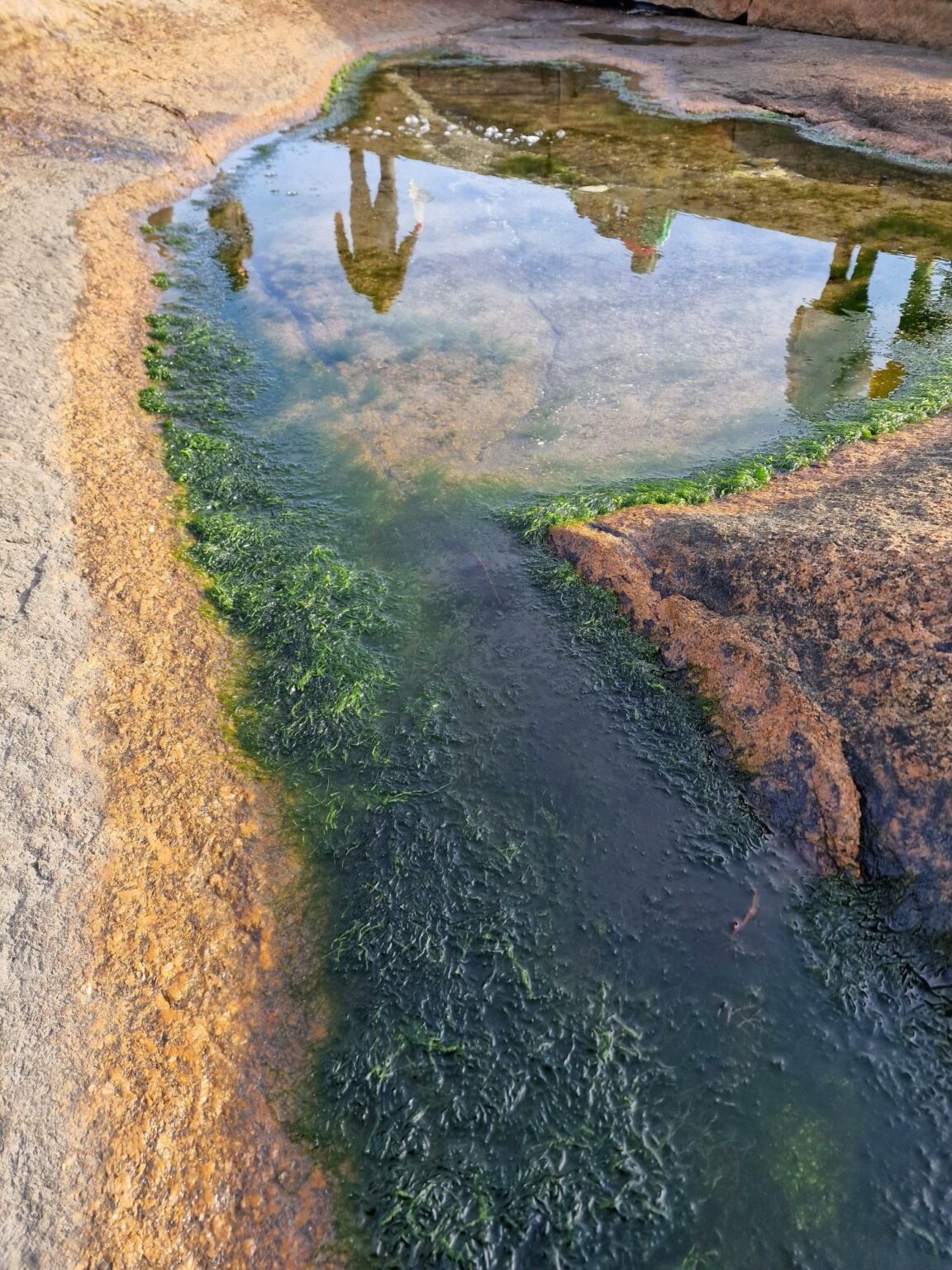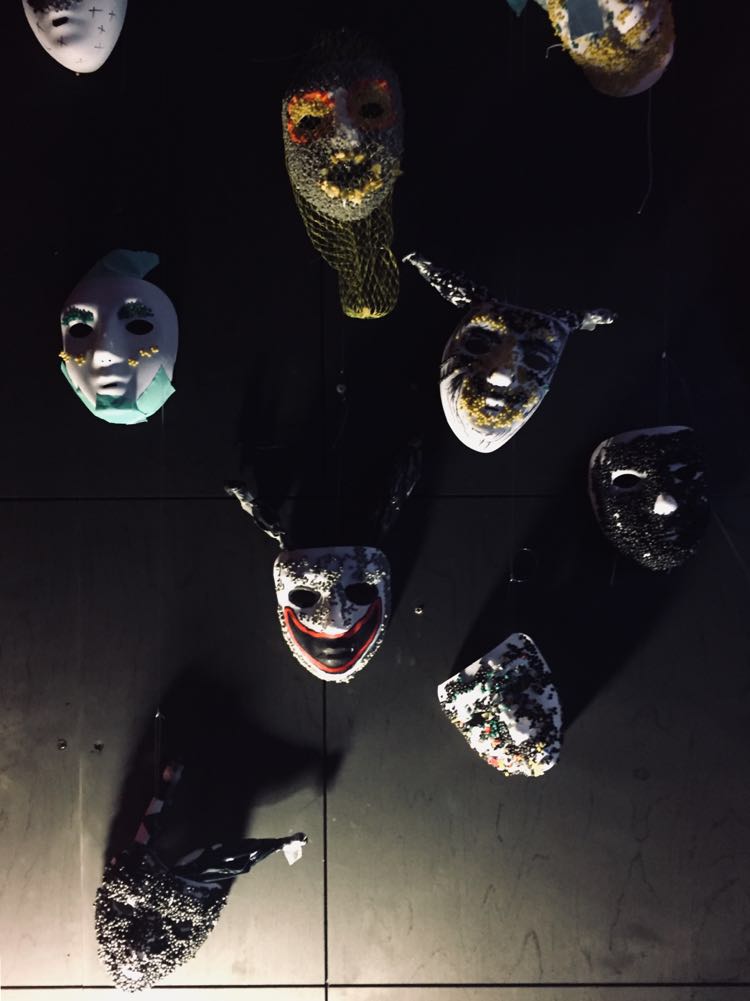Stepping out of the Comfort Zone
Eco-Visualization .
Much of the knowledge we possess about our impact on the environment stems from static, one-way communication channels such as books, newspapers, and online news articles. Although these sources can be both informative and firmly grounded in scientific findings, they are often not very engaging – nor do they tend to be capable of generating affective, emotional responses that inspires or motivates us to action. One of the primary reasons for this is that climate change and environmental deterioration tend to be perceived as something distant and geographically irrelevant – something that is happening “elsewhere”, but not “here”. Eco-visualization is an innovative approach that is tailored towards decreasing the perceived distance to climate change, by illustrating how complex environmental systems are more intricately connected than we think. By using (audio) visual imagery, art, games, and regional climate data in creative contexts, this project will aim towards bridging the disconnected gap between the general public and their local environment.


Disruptive & Art-inspired .
Audio-visual imagery, art & games, using climate data
NIYF continually develops, experiments with, and tests out different eco-visualizations. In the project, we explore the use of high-tech visualizations with advanced, real-time sensor-based data and datasets, but we also use more low-tech, down-to-earth experience-based visualizations. Here is the story so far.
Photo: Alena Koval
The Lung Tree .
Breathing or not Breathing: A Life Support Machine
The Breathing Lung Tree visualizes actual air quality data from sensors across the world. The eco-visualization was developed by NIYF (Erica Löfström) in cooperation with artist STANZA while he was acting as Artist In Residence at the Norwegian University of Science (NTNU). Artist In Residency was cordially funded by NTNU ARTEC. The following persons from the NTNU Department of Electronic Systems were also involved in the development of the concept; Dagfinn Dahl Dybvig, Sara Brinch, and Jordi Puig.
The Food Box .
Food Waste In Your Face
The Food Box replaces the ordinary unit where plates, glasses, cutlery and food waste are being disposed of in school-, workplace- or other canteens. It merges the food waste left on the plate and merges this with a facial image of the person that disposes of it. This means that you appear to get your food waste in your face. The possibility to share the picture via social media is also included. The Food Box eco-visualization was developed as part of a co-design process in the food-case of the project. The following persons were involved in the process:
NTNU: Erica Löfström
Vitenparken: Elise Matilde Malik, Astrid Fuglesang Stokke, Knut Ankjell, Ken Lid, Skjalg Molvær and Herman Tandberg
Guldkorn: Ann Kristin Andreassen
Norsus: Mona Nilsen
Viken County: Hilde Rønning
Video: Martin Norderhaug
Ocean In Your Face .
Ting med Tang hands-on Experience
The project explores both high-tech and low-tech eco-visualization techniques. In the Food Case, an excursion to the ocean for Folk high School students and personnel with the theme of picking tang and tare from the sea and later preparing, cooking, and eating it, was arranged. Here, nature is put in the participants’ faces and digested for nutrition, challenging the reigning relationship with industrially processed foods. Participants reported that they will never feel the same way about the ocean again, now that they have explored what it offers as nutrition. Putting on wading equipment and harvesting directly while taking into consideration water levels and weather conditions transformed participants into explorers of one of nature’s hidden secrets. Many thanks to Ting med Tang for sharing their knowledge with us!

Photo: Ann Kristin Andreassen

Plastic In Your Face .
Face Masks from Local Ocean Plastic
For this eco-visualization, NIYF cooperated with the locals to put ocean plastic waste on display as an art exhibition. We presented both hard facts in the form of underwater videos from the actual local seabed (by OceanFront), pictures taken by “Keep the city clean-volunteers” while tidying up the local environment, and artworks in the form of face masks covered with recycled and non-recycled local ocean plastic from RePlast/QuantaFuel (made by children from Dale Primary School). The location for this eco-visualizing exhibition was Kristiansund municipality’s own City Box, a container used for public displays. The response from the locals and from local media was overwhelming and lots of ideas and anti-plastic engagement sprung from the intervention.
Photo: Erica Löfström


